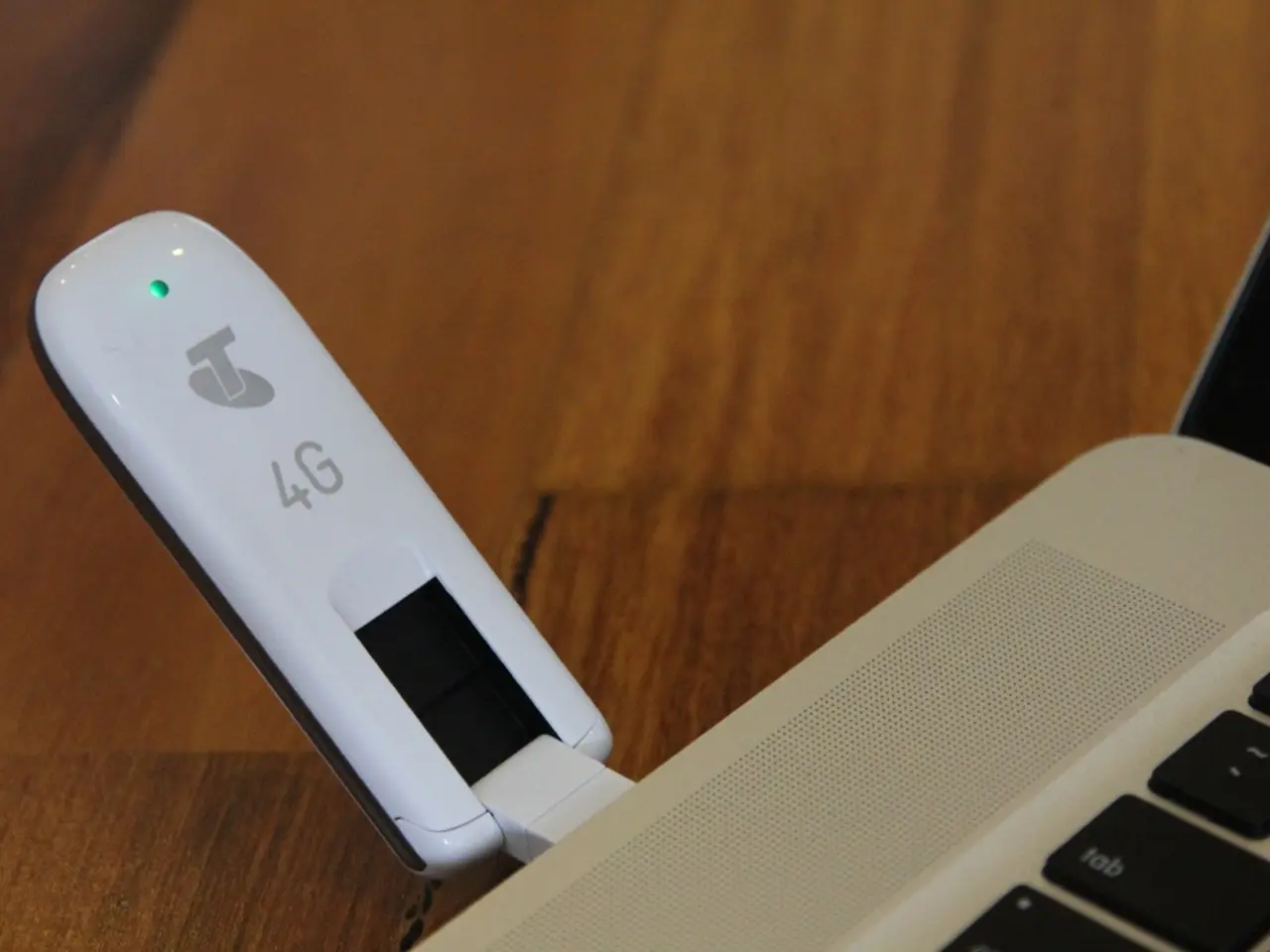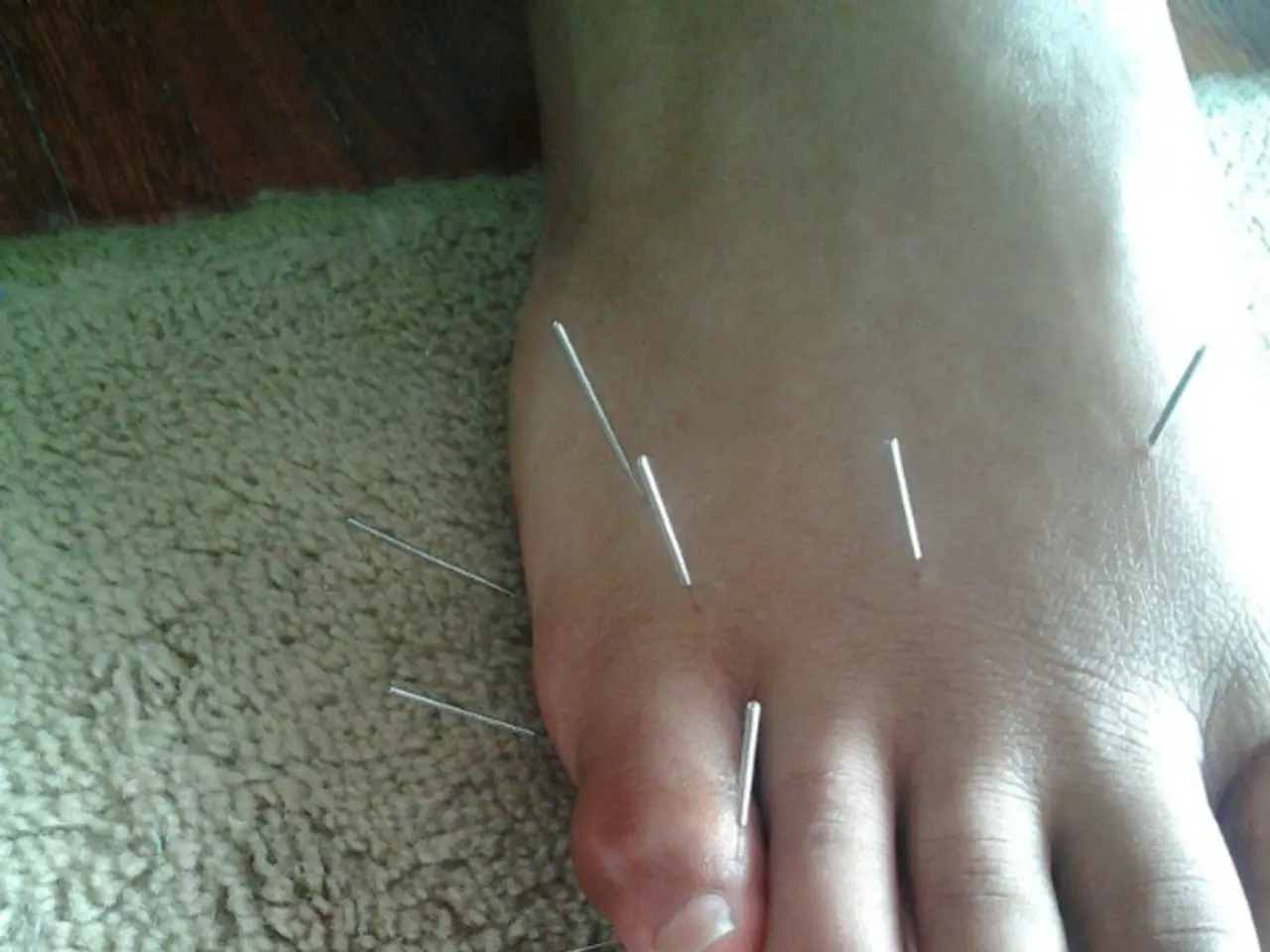Examining the Security of Modern Health Gadgets in the Medical Field
In the rapidly evolving landscape of healthcare technology, cybersecurity measures play a crucial role in safeguarding smart health devices and personal data. A multi-layered approach, including strict device authentication, end-to-end encryption, network segmentation, continuous monitoring, and regular security audits, forms the backbone of this defense system.
One key practice is Zero Trust Security, an approach that assumes no device or user is trusted by default. Every access request is verified with strong identity checks, multi-factor authentication (MFA), and least-privilege access controls, ensuring only authorized entities interact with smart health devices or data.
End-to-end encryption ensures that patient data, both when stored and transmitted, remains secure and inaccessible to unauthorized parties. Device tracking and network segmentation help minimize attack surfaces by maintaining an updated inventory of connected devices, monitoring their status, and isolating IoT devices from main hospital networks.
AI-powered continuous monitoring enables real-time analysis of device behavior and network traffic to detect anomalies or potential vulnerabilities early, allowing for faster responses and patching before breaches occur. Regular security testing, penetration tests, and policy reviews ensure that emerging threats are addressed promptly and that the system complies with healthcare regulations such as HIPAA and GDPR.
Secure data storage using HIPAA-compliant cloud services with strict access controls and data segregation further safeguards stored patient data from unauthorized access. Staff training and awareness about cybersecurity best practices, phishing, and social engineering tactics strengthen the human element of defense.
Choosing devices from reputable brands and healthcare providers, keeping associated apps and software updated, and asking doctors or pharmacists questions about device functionality and data handling are essential steps for consumers to take charge of their health and privacy.
The boom in the use of connected health tools, such as wearable ECG monitors, smart thermometers, and Bluetooth-enabled inhalers, over the last decade has not gone unnoticed by malicious actors. If not properly secured, this information could be intercepted or leaked, leading to privacy invasions. To combat this, cybersecurity experts work with manufacturers to identify vulnerabilities, implement protections, and ensure devices meet safety guidelines before they reach patients.
In the United States, the Food and Drug Administration (FDA) requires certain medical technologies to meet cybersecurity standards as part of their premarket approval process. However, it is important to be cautious with unfamiliar third-party accessories or data-sharing platforms.
These advancements are part of a broader shift in healthcare technology, revolutionizing diagnostics and patient engagement. But with great power comes great responsibility, and it is essential to prioritize cybersecurity to protect personal health data and ensure the safe and reliable functioning of smart health devices.
- Incorporating fitness tracking devices, like smart thermometers and wearable ECG monitors, into health-and-wellness routines should involve considering their cybersecurity measures, as the information they collect could be sensitive.
- Besides prioritizing fitness, it's crucial to highlight the importance of food choices and their impact on medical-conditions, while acknowledging that maintaining a healthy diet contributes to overall wellness.
- Advancements in medical-science, health-technology, and fitness-wearables have opened doors for previously unimaginable research. Simultaneously, it's essential to safeguard this data using cybersecurity measures to prevent unauthorized access and privacy breaches, essential for health and wellness.




